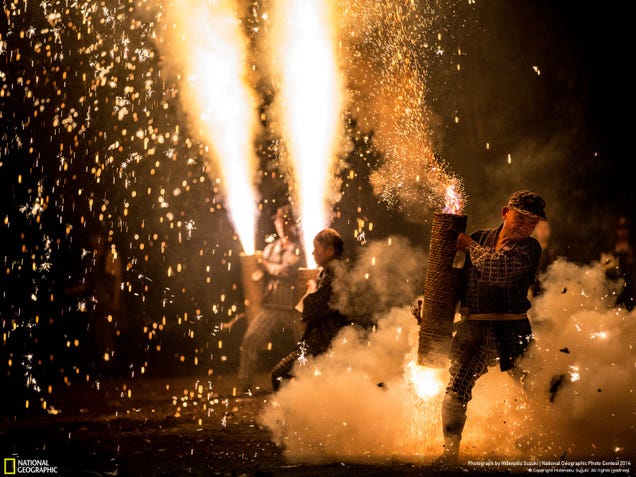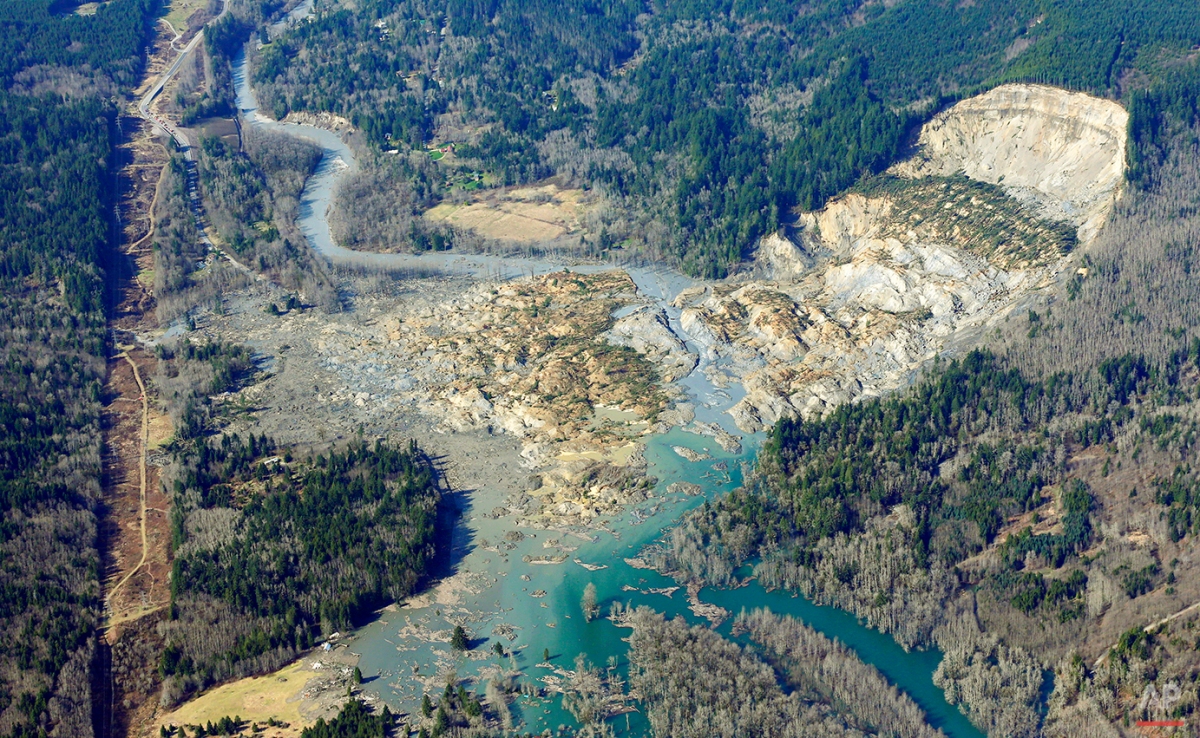For each technique you should explain the following:
- 1. What effect does it create?
- 2. Why use it?
- 3. How many lights or light sources?
The Five Basic Lighting Techniques
Butterfly (or Paramount) --
1. This is very similar to the loop type, but the shadows are all cast down.
2. It is very flattering.
3. At the very least, one light.
Loop --
1. It creates a nice looking illuminated subject, with a bit more light on one side of the face.
2. Used for formal and professional looking photos.
3. Requires at least two lights.
Rembrandt --
1. One-sided, with a small triangle of light on the darker side, with the subject facing the light.
2. It creates a dramatic effect without the harsh lighting of a split light, can be used for ambiguity.
3. At the very least, one
Split --
1. This creates a harsh shadow on one side of the face, split symmetrically down the face.
2. For dramatic effect, harsher than Rembrandt, can be used to emphasize duality of the subject.
3. At the very least, one.
Broad and Short --
Broad and Short --
1. Similar to Rembrandt, only the subject faces away from the light.
2. Can be used to show breadth in the subject's face.
3. At the very least, one.





